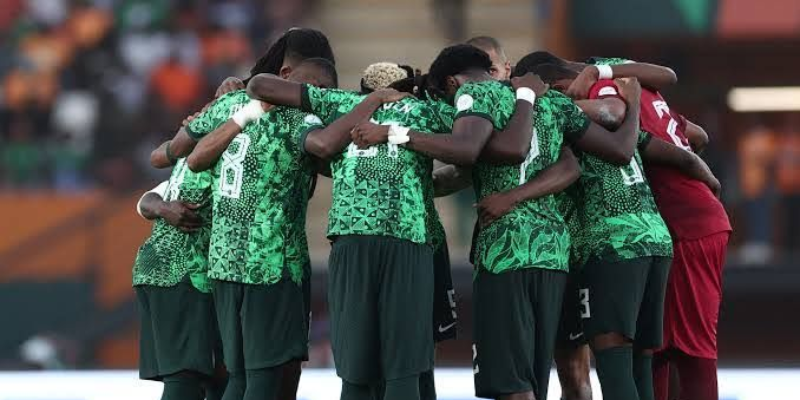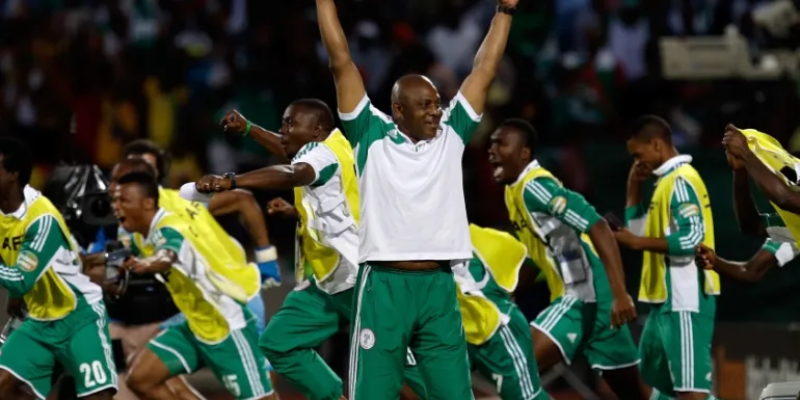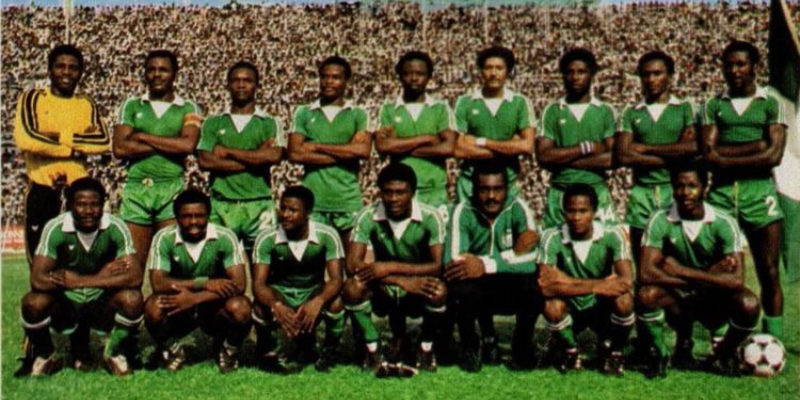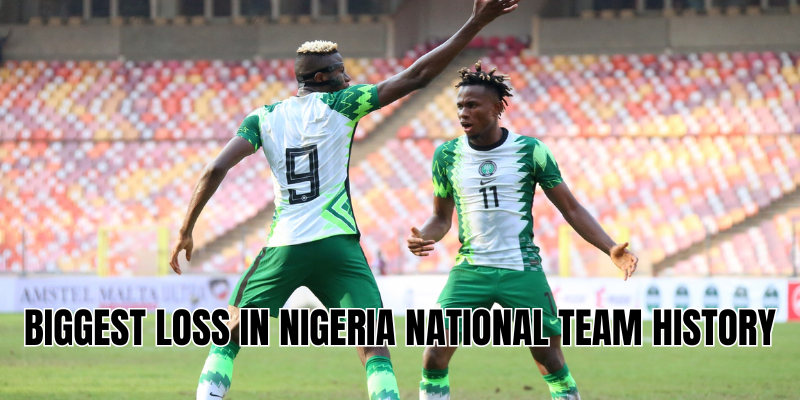When Super Eagles fans debate “the biggest loss in Nigeria national team history,” their voices often carry echoes of pain, nostalgia, and a reminder that even giants fall. The annals of Nigerian football hold many dramatic defeats — matches that stung, lessons that linger — but one in particular remains the darkest stain in the team’s early years. In this article, QuraGoal will guide you through that watershed moment, analyze its context, and compare it to other heavy losses that shaped the Super Eagles’ journey.
The heaviest defeat: Ghana 7–0 Nigeria, 1 June 1955

A capitulation in Accra
On 1 June 1955, Nigeria suffered what still stands as its worst official defeat: a 7–0 loss to the Gold Coast (now Ghana) in Accra. This result was part of the historic Jalco Cup rivalry between the two British colonies/territories. The Gold Coast side — often bolstered by early legends like C. K. Gyamfi and Baba Yara — ran riot. By halftime, they were already dominating and added further goals in the second half to seal the rout.
Significance and legacy
This drubbing resonates because it wasn’t just a lopsided scoreline — it was a symbolic moment. The defeat laid bare Nigeria’s organizational weaknesses, amateur status relative to their neighbor, and structural deficiencies. For years afterward, the 7–0 defeat haunted every Nigeria–Ghana fixture, becoming something of a psychological burden on future generations. Many commentators and historians still cite this as the apex of Nigeria’s humiliations.
Other painful defeats in Nigerian history
While the 7–0 defeat remains the absolute nadir, other heavy losses have left scars in more recent times. Let’s explore some of the most significant following the 1955 collapse.
Netherlands 5–1 (1998)
In a friendly match to mark Nigeria’s growing international ambitions, the Dutch inflicted a 5–1 defeat on the Su, exposing defensive lapses and the gulf in experience against top-tier European opposition.
Denmark 4–1 (1998 World Cup)
At the 1998 FIFA World Cup Round of 16, Denmark overwhelmed Nigeria 4–1. As the nation watched its World Cup dream slip away, the scoreline echoed the pain of losing against a team with heavy pedigree on a global stage.
Ghana 5–1 (1961)
Another classic match in the Nigeria–Ghana rivalry, this fixture saw the Black Stars win emphatically. While not as extreme as the 7–0 result, it reinforced Ghana’s dominance in the early decades and stung Nigeria’s pride.
Portugal 4–0 (Recent era)
In a more modern context, Nigeria fell 4–0 to Portugal in a friendly match. It was dubbed by many as their heaviest loss in decades, igniting fresh criticism of coaching, tactics, and squad selection.
Why did Nigeria suffer such defeats?

Understanding these heavy losses requires looking beyond scores and into structural, tactical, and psychological factors.
1. Early developmental disparity
In the 1950s, Nigeria’s football structures were nascent. As Ghana invested earlier in youth, coaching, infrastructure, they gained a head start. That gap manifested brutally in 1955.
2. Tactical naivety & lack of experience
Facing technically superior sides often left Nigeria exposed. In the Netherlands match (1998) or the Denmark game, Nigeria at times appeared tactically flat, reduced to chasing the game rather than controlling it.
3. Mental fragility & pressure
Big tournaments or high-stakes matches come with pressure. When Nigeria fell behind early, the response was often fragmentation. Defensive lines broke, midfield cohesion crumbled, and hope faded fast.
4. Transitional periods & poor preparation
During periods of coaching upheaval or squad transition, the team sometimes lacked identity, unity, or fitness — fertile ground for an opponent to exploit.
The broader context: Nigeria’s evolution
From that shocking 7–0 loss, the Su. They transformed themselves into one of Africa’s most feared sides. They won AFCON tournaments (1980, 1994, 2013), consistently qualified for World Cups, and fielded world-class talents such as Jay-Jay Okocha, Nwankwo Kanu, and John Obi Mikel.
Heavy defeats still happened — but they became less frequent, more isolated, and often in friendlies. Nigeria’s resilience, improving infrastructure, growing exposure to European leagues, and better coaching helped reduce the gulf with elite nations.
Lessons from history: What the 7–0 defeat teaches today

- Humility in growth: Understanding how far Nigeria was behind in the 1950s reminds today’s teams not to take dominance for granted.
- Importance of structure: Investment in youth systems, coaching education, and stability pays dividends in minimizing disasters.
- Psychology matters: Recovering from a blow-out loss demands mental toughness; teams that dwell on mistakes often spiral.
- Balance and adaptability: Even when facing stronger teams, smart tactics—compact defense, controlled transitions—can prevent collapse.
Conclusion
The biggest loss in Nigeria national team history remains the 7–0 drubbing by Ghana in 1955 — a result so severe that generations of fans still speak its name in whispers. But Nigeria’s story doesn’t end there. Over decades, the Su.
If you’re curious to dive deeper — match-by-match retrospectives, player memories of those dark days, or how Nigeria rebuilt from ruin — QuraGoal invites you to explore more on our site. Let’s keep the history, the lessons, and the pride alive.




